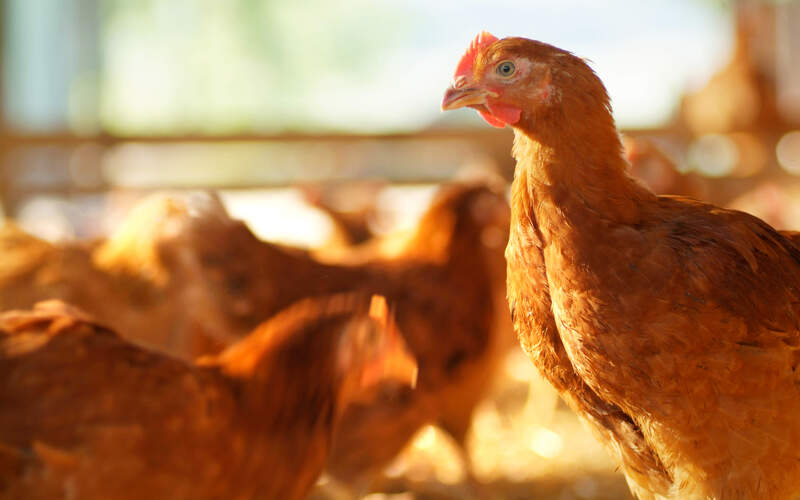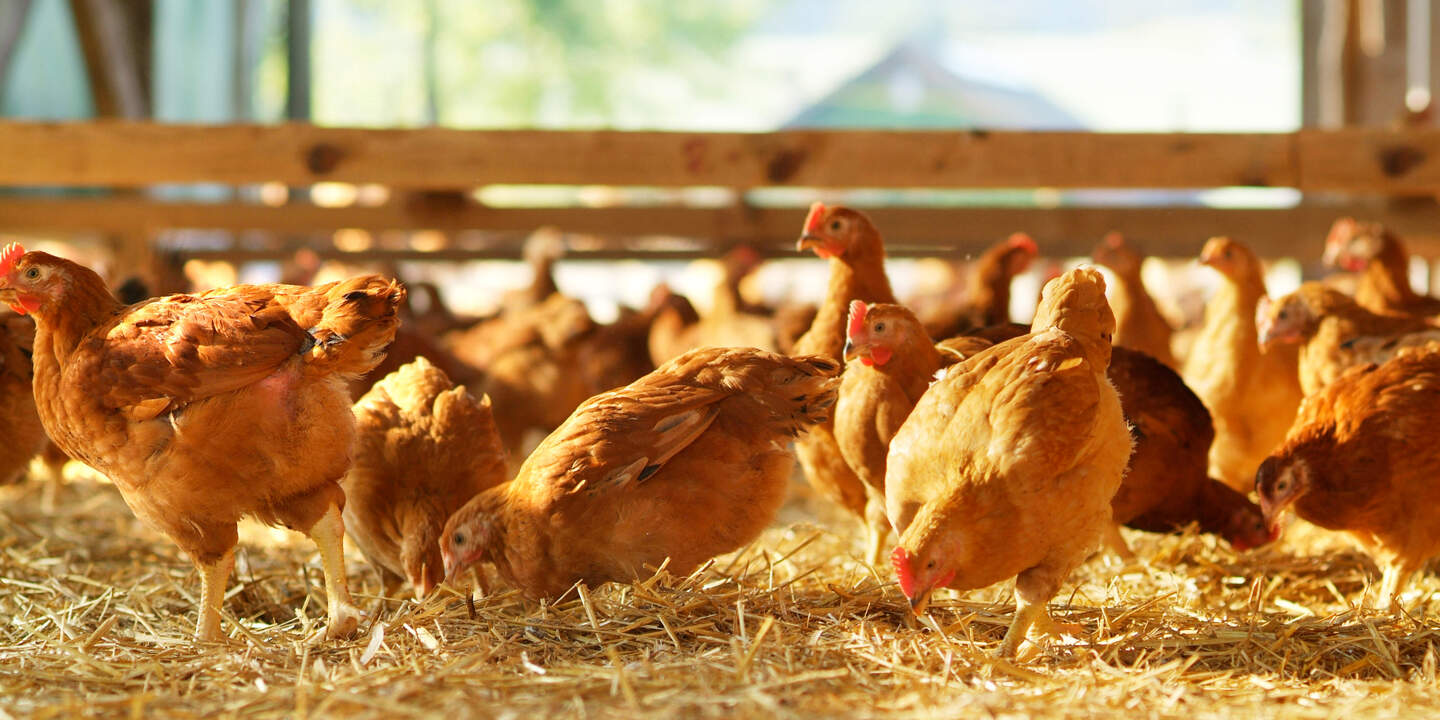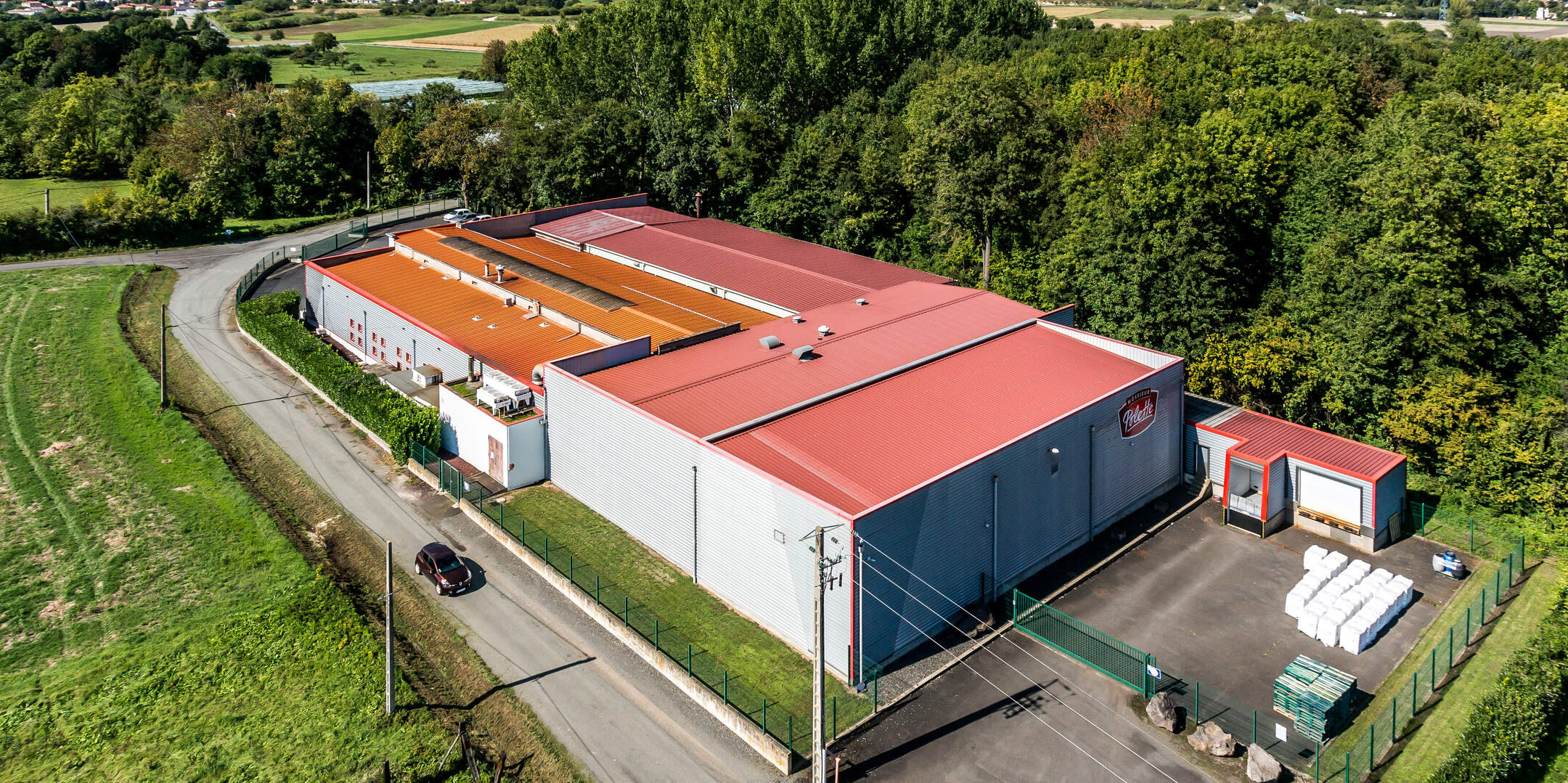Antibiotics – only when nothing else helps
To ensure that antibiotics remain effective in the long term, the aim must be to prevent resistance to these medications that are acclaimed as miracle cures. The Bell Food Group is one of the players who advocate the appropriate use of antibiotics in livestock farming – and this is a commitment that goes back a long way.
Antibiotics have been used to treat bacterial infections for the last 80 years. And almost ever since then, scientists have observed that strains of bacteria become resistant to antibiotics. The problem: if a bacterium develops resistance to an antibiotic, the active substance is no longer able to combat the bacterium.
Multiple drug resistance (MDR) or multiresistance are the terms used when a bacterium is resistant to multiple classes of antibiotics. In such cases, where conventional substances are no longer effective, special “critical” antibiotics are available or – as the drug of last resort – “reserve” antibiotics; however, the supply of these medications is limited. It is not only human medicine that is affected by this phenomenon. Antibiotics are also used in livestock farming. A careful approach helps to maintain the effectiveness of the available remedies.
Many of the aspects involved here are regulated by law. For instance, animal protection laws in the EU and Switzerland require farmers to immediately accommodate, care for and treat sick and injured animals as appropriate to their condition, or else to slaughter them. Only the attending veterinarian may decide whether an antibiotic is the appropriate treatment for an animal. And in cases where a critical antibiotic is administered, the veterinarian is subject to additional strict regulations. Moreover, the use of antibiotics to enhance livestock fattening performance has been prohibited in Switzerland since 1999, and in the EU since 2006. As a processing company in the value chain, the Bell Food Group has for many years advocated especially high animal welfare standards in livestock farming, and it supports the related goals of increased animal health and reduced administration of antibiotics.
“We assist agricultural producers with preventive measures to maintain animal health, and we only use antibiotics in exceptional cases,” states veterinarian Dr Kathrin Kühni Boghenbor, Head of the Poultry Health Service at Bell in Switzerland. Alongside its direct involvement in the value chain, the Bell Food Group also participates in overarching initiatives aimed at reducing antibiotics. Since 2015, for example, it has numbered among the players in Switzerland who support the Swiss Strategy on Antibiotic Resistance (StAR), under the lead management of the Federal Office of Public Health (FOPH).
The common goal: to curb the development of antibiotic resistance in bacteria, and thus to ensure that antibiotics remain effective in the long term. StAR addresses the problem of antibiotic resistance across all sectors. This one-health approach targets not only human medicine but also veterinary medicine, agriculture and environmental issues by taking action and implementing measures in various areas.

One item of good news in connection with the use of antibiotics is that there is now no longer a problem with residues in meat that could be passed on to humans when consumed. This advance has been achieved thanks to the ban on antimicrobial growth promoters and the implementation of strict controls.
Basil Mörikofer, Sustainability Project Manager at Bell Switzerland, points out: “In addition to the officially required inspections for residues of antibiotics in our abattoirs, we also carry out targeted random sample tests. The fact that we record no positive findings from the analyses proves that the strict requirements for livestock farming and raising farmers’ awareness are bearing fruit.” Sales figures for antibiotics used on livestock also confirm the downward trend. According to the Swiss Antibiotic Resistance Report 2020, they fell by 52 percent between 2010 and 2020 in Switzerland. For the period between 2011 and 2018, the European Medicines Agency (EMA) recorded a decrease of 34.6 percent for the EU. The latest figures for critical classes of antibiotics also indicate a downturn: in 2020 alone, the volume sold in Switzerland decreased by about nine percent.
This is a trend that is set to continue in the future. The fact is that numbers of new antibiotics on the market have been in constant decline over recent years. One reason for this is the high cost of basic research on preparations that will subsequently only have very limited use. This is not a profitable business for the pharma companies. In the long term, therefore, preventing resistance will be a critical factor in ensuring that effective medications are available to treat bacterial infections in both humans and animals.

